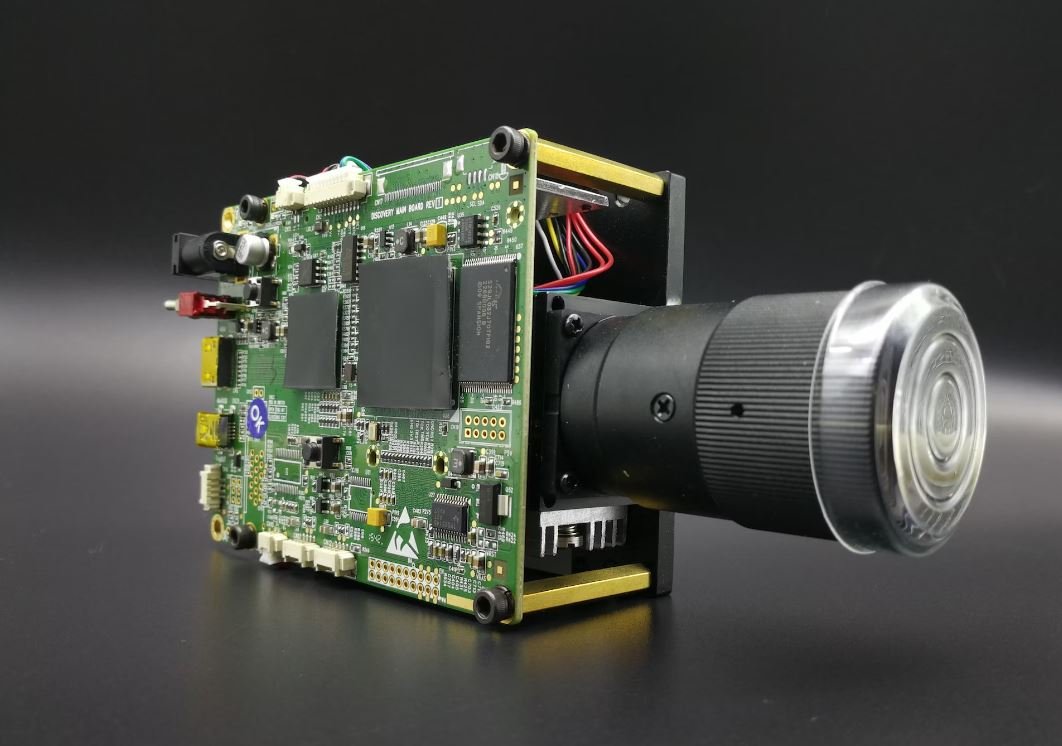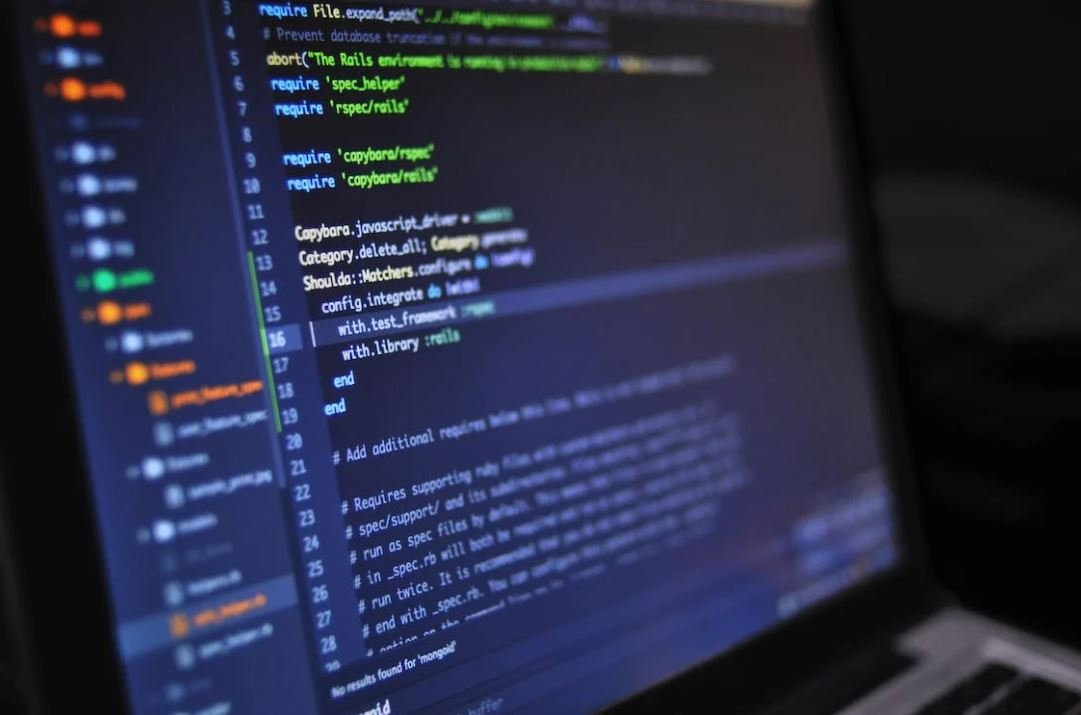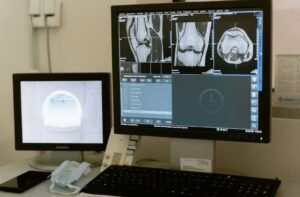What Is Production Possibilities Frontier
The Production Possibilities Frontier (PPF) is a graphical representation of the various combinations of output that an economy can produce given its available resources and technology.
Key Takeaways:
- The Production Possibilities Frontier (PPF) illustrates the maximum possible output combinations an economy can produce with its available resources.
- The PPF assumes that production is efficient and resources are fully utilized.
- The PPF is a model used by economists to understand trade-offs in production and the concept of opportunity cost.
Using the PPF helps economists analyze the efficient allocation of resources in the production process. It illustrates the concept of trade-offs and scarcity, which forces choices to be made among different goods. The PPF also reveals the concept of opportunity cost, which is the cost of forgoing the next best alternative when making a decision.
For instance, if an economy wants to increase the production of one good, it must decrease the production of another good. This concept of trade-offs reflects the limited resources available to society and the need to make choices.
The PPF is typically shown as a graph with two goods or services plotted on the axes. It represents the hypothetical maximum production levels an economy can achieve given its available resources and technology. The PPF assumes that production is efficient, meaning that all available resources are used in the most optimal way.
Each point on the PPF curve represents a combination of the two goods that can be produced. Points on the curve represent maximum efficiency, while points inside the curve represent inefficiency and underutilization of resources, and points outside the curve are unattainable given the current resources and technology.
For example, if an economy is currently producing at a point inside the curve, it indicates that resources are not being fully utilized. This can occur due to factors such as unemployment, inefficient production methods, or limited technological advancements.
Benefits of Using the Production Possibilities Frontier
- Helps in understanding the concept of trade-offs and opportunity cost in production decisions.
- Provides insight into the efficient allocation of resources and production possibilities.
- Assists in analyzing economic growth and technological advancements.
The PPF is a valuable tool for economists and policymakers as it provides important insights into various aspects of an economy.
| Goods | Potential Production Level |
|---|---|
| Good A | 10 units |
| Good B | 20 units |
| Points on PPF | Efficiency Level |
|---|---|
| Point A | Max Efficiency |
| Point B | Inefficiency |
| Point C | Unattainable |
| Factors Influencing PPF | Effect on Production |
|---|---|
| Technological Advancements | Increases potential production levels |
| Resource Availability | Limits the maximum production achievable |
The PPF is a dynamic tool that can change over time. Technological advancements can shift the PPF outward, allowing for increased potential production levels. Similarly, a decline in resource availability can shift the PPF inward, limiting the maximum achievable production levels.
Conclusion
The Production Possibilities Frontier is a powerful analytical tool that helps economists and policymakers understand the trade-offs, opportunity cost, and efficient allocation of resources in an economy. By analyzing various points on the PPF curve, they can make informed decisions and policies to promote economic growth and well-being.

Common Misconceptions
Misconception 1: The Production Possibilities Frontier (PPF) represents actual production levels.
One common misconception about the PPF is that it represents the actual production levels of an economy. However, the PPF is actually a graphical representation of the maximum possible production levels that an economy can achieve given its available resources. It shows the different combinations of two goods that can be produced efficiently, assuming full utilization of resources and constant technology.
- The PPF represents the maximum production potential, not the actual production levels.
- It assumes efficient use of resources and constant technology.
- The PPF can shift over time due to changes in resource availability or technological advancements.
Misconception 2: The PPF assumes that resources are perfectly divisible.
Another misconception about the PPF is that it assumes resources are perfectly divisible between the production of different goods. In reality, resources are often not perfectly divisible, and there may be circumstances where producing more of one good requires sacrificing a significant amount of the other good. The PPF assumes a simplified scenario to illustrate the trade-offs an economy faces, but it does not take into account the complexities of resource allocation.
- The PPF assumes resources are perfectly divisible for simplicity.
- In reality, resources may have different uses and cannot be easily converted between goods.
- Real-world production may involve significant trade-offs and constraints due to indivisibility of resources.
Misconception 3: The PPF implies that all goods are equally desirable.
A common misconception is that the PPF assumes all goods are equally desirable. In reality, individuals and economies have preferences and prioritize certain goods over others. The PPF does not take into account differences in utility or demand for different goods. It simply shows the production possibilities, assuming a given set of goods and resources.
- The PPF does not consider differences in utility or demand for goods.
- Individuals and economies prioritize certain goods based on preferences.
- Consumer demand and market forces determine the allocation of resources between goods.
Misconception 4: The PPF is fixed and does not change over time.
Some people mistakenly believe that the PPF is fixed and does not change over time. However, the PPF can shift and expand over time due to changes in resource availability, technological advancements, or improvements in productivity. For example, the discovery of new resources or the development of more efficient production methods can shift the PPF outward, indicating an increase in production possibilities.
- The PPF can shift and expand due to changes in resources, technology, and productivity.
- New resource discoveries or technological advancements can increase production possibilities.
- The PPF is dynamic and reflects changes in an economy over time.
Misconception 5: The PPF represents a static snapshot of an economy.
Many people mistakenly think that the PPF represents a static snapshot of an economy at one point in time. In reality, the PPF represents a range of production possibilities, and the specific point on the PPF that an economy operates at can change depending on various factors. Factors such as changes in consumer preferences, government policies, or external shocks can influence an economy’s position on the PPF.
- The PPF represents a range of production possibilities, not a fixed point in time.
- An economy’s position on the PPF can change due to various factors.
- Factors such as consumer preferences, government policies, or external shocks can affect an economy’s position on the PPF.

Introduction
In economics, the production possibilities frontier (PPF) is a graphical representation of the different combinations of two goods or services that a society or firm can produce given the limited resources and technology available. It illustrates the concept of trade-offs and opportunity costs, showcasing the maximum achievable production levels for each good or service. The following tables will provide visual examples to help grasp the PPF concept and its implications.
Table A: Production Possibilities Frontier Example
This table showcases a simple PPF scenario where a country can produce either cars or computers.
| Cars | Computers | |
|---|---|---|
| Production Level | 10 | 0 |
| Production Level | 8 | 1 |
| Production Level | 6 | 2 |
| Production Level | 4 | 3 |
| Production Level | 2 | 4 |
| Production Level | 0 | 5 |
Table B: Opportunity Cost of Cars
This table illustrates the concept of opportunity cost by showing the different production levels of cars as computers increase.
| Computers | Cars |
|---|---|
| 0 | 10 |
| 1 | 8 |
| 2 | 6 |
| 3 | 4 |
| 4 | 2 |
| 5 | 0 |
Table C: The Efficient Production Point
This table presents the most efficient production point where the country allocates resources optimally for both cars and computers.
| Cars | Computers | |
|---|---|---|
| Production Level | 6 | 2 |
Table D: Economic Growth Impact
This table demonstrates how economic growth can lead to an expansion of the production possibilities. In this case, the country experiences a technological advancement.
| Cars | Computers | |
|---|---|---|
| Production Level (Before) | 4 | 3 |
| Production Level (After) | 6 | 4 |
Table E: Unattainable Points
This table highlights the unattainable combinations that fall outside the constraints of the given resources and technology.
| Cars | Computers | |
|---|---|---|
| Production Level | 8 | 5 |
| Production Level | 10 | 6 |
Table F: Inefficient Production Point
This table showcases the inefficient production point where resources are not allocated optimally between cars and computers.
| Cars | Computers | |
|---|---|---|
| Production Level | 8 | 1 |
Table G: Concept of Trade-offs
This table emphasizes the concept of trade-offs by demonstrating how the production of one good must be sacrificed to gain more of the other.
| Cars Given Up | Cars Gained |
|---|---|
| 0 | 10 |
| 1 | 8 |
| 2 | 6 |
| 3 | 4 |
| 4 | 2 |
| 5 | 0 |
Table H: Constant Opportunity Cost
This table exhibits a constant opportunity cost scenario where the ratio of car to computer production remains consistent.
| Computers | Cars |
|---|---|
| 0 | 10 |
| 1 | 9 |
| 2 | 8 |
| 3 | 7 |
| 4 | 6 |
| 5 | 5 |
Table I: Law of Increasing Opportunity Cost
This table illustrates the law of increasing opportunity cost, implying that as more of a good is produced, the opportunity cost rises.
| Computers | Cars |
|---|---|
| 0 | 10 |
| 1 | 9 |
| 2 | 7 |
| 3 | 4 |
| 4 | 0 |
Table J: Shift in the Production Possibilities Frontier
This table demonstrates a shift in the entire PPF due to economic factors, such as an increase in available resources or technological advancements.
| Cars | Computers | |
|---|---|---|
| Production Level (Before) | 4 | 3 |
| Production Level (After) | 6 | 4 |
Conclusion
The production possibilities frontier is a crucial concept in understanding the limitations and trade-offs in production. The ten tables presented above provide visually appealing examples to illustrate various aspects of the PPF, including opportunity cost, efficient and inefficient production points, economic growth impact, trade-offs, and shifts in the PPF. By analyzing these tables, we can gain a deeper understanding of how resource allocation decisions impact production possibilities and the importance of sustainable economic management.
Frequently Asked Questions
What Is Production Possibilities Frontier
What is a production possibilities frontier?
A production possibilities frontier (PPF) is a graphical representation of the maximum combination of goods or services that can be produced with available resources and technology. It illustrates the concept of trade-offs and opportunity costs in the production process.




